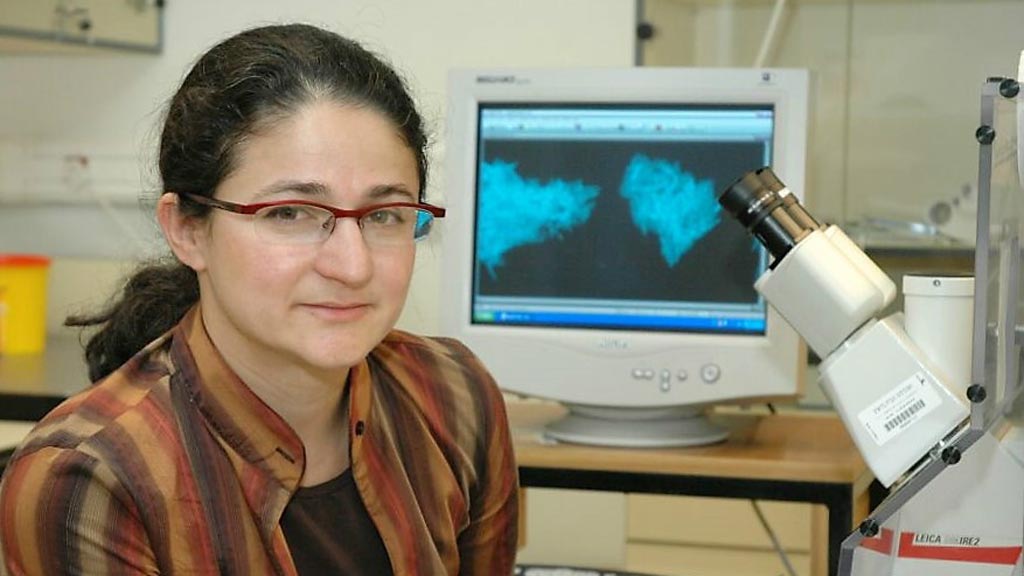Simple Method Measures Bacterial Tolerance to Antibiotics
By LabMedica International staff writers
Posted on 29 Jun 2017
A growing number of pathogens are developing resistance to one or more antibiotics, threatening the ability to treat infectious diseases. Resistance is typically achieved by mutations that reduce the activity of an antibiotic, for example by decreasing drug binding to the target.Posted on 29 Jun 2017
Tolerance, on the other hand, is a poorly characterized phenomenon, and is seldom taken into account explicitly in healthcare. Unlike resistance, which is an increase of the drug concentration in which the bacteria can grow indefinitely, tolerance is an extension of the period of time that bacteria can survive in lethal concentrations of an antibiotic before succumbing to its effects.

Image: Researchers including Nathalie Balaban (pictured), claim to have found a simple method for measuring a bacteria’s tolerance (Photo courtesy of The Hebrew University).
Scientists at The Hebrew University (Jerusalem, Israel) developed a tolerance metric called the minimum duration for killing 99% of the population (MDK99). The protocol, which can be performed manually or using an automated robotic system, involves exposing populations of approximately 100 bacteria in separate microwell plates to different concentrations of antibiotics for varied time periods, while determining the presence or lack of survivors.
The team used a Freedom EVOware 75 base unit (Tecan, Männedorf, Switzerland) enclosed in a laminar flow hood equipped with a HEPA filter. A Tecan 8 Plus 1 liquid handling arm and a Tecan RoMa-3 EVO 75 arm were used for pipetting and plate handling. Plates were incubated in a Storex 40 Incubator (Liconic, Woburn, MA, USA) with a shaking option, and culture was kept at 2 °C to 3 °C on a chill/heat plate (Torrey Pines Scientific, Carlsbad, CA, USA).
The scientists applied MDK99 to six Escherichia coli strains, which showed tolerance levels ranging from two to 23 hours under ampicillin treatment. MDK99 also facilitates measurements of a special case of tolerance known as time-dependent persistence, the presence of transiently dormant subpopulations of bacteria that are killed more slowly than the majority of the fast-growing population. Like other forms of tolerance, time-dependent persistence can lead to recurrent infections because the few surviving bacteria can quickly grow to replenish the entire population once antibiotic treatment stops.
Nathalie Q. Balaban, PhD, a professor and senior study author, said, “If implemented in hospital clinical microbiology laboratories, MDK99 could enable the efficient classification of bacterial strains as tolerant, resistant, or persistent, helping to guide treatment decisions. In the end, understanding tolerance and finding a way to combat it could significantly reduce the ever-growing risk of resistance.” The study was published on June 20, 2017, in the Biophysical Journal.
Related Links:
The Hebrew University













